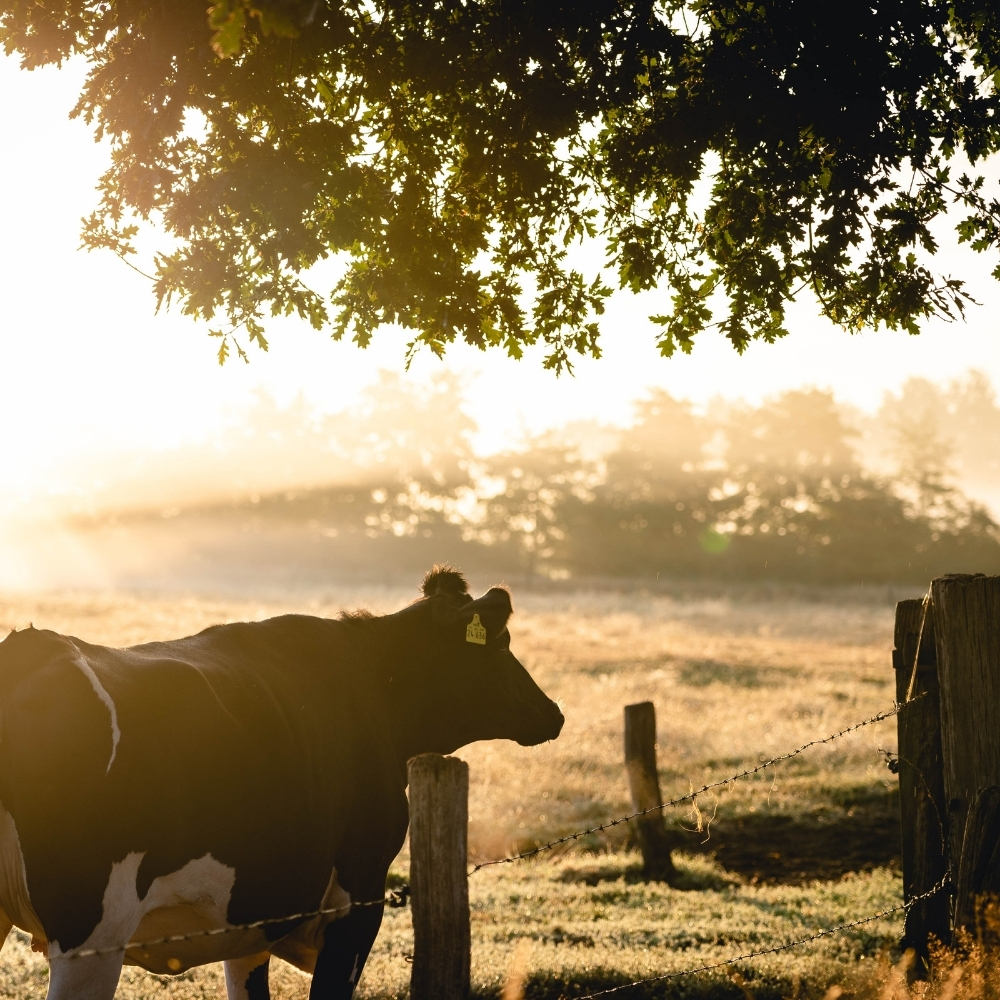Nature Based Solutions for the Dairy Sector
15 February 2022In the weeks and months in the run-up to the COP26 climate conference in Glasgow, we heard a lot about the need for farming to reduce emissions and address biodiversity decline. Actions to reduce emissions and build natural capital often stand in opposition to high input, intensive and productive agriculture but that doesn’t mean a balance can’t be found.
With the recent announcement of the return of a fully funded Agri-Environment Climate Scheme (AECS) in 2022 and the launch of the Nature Restoration Fund (NRF) there are new climate and conservation funding options available for the dairy sector.
The Agri-Environment Climate Scheme is Scotland’s flagship environmental scheme and is back in 2022, offering annual, recurring management payments and capital support for positive environmental outcomes. The last time the scheme was fully available was in 2019 but in the years following that we have seen either limited, restricted or no funding opportunities.
There has been a lot of interest in the new regulations around slurry storage and application. More information on these changes and how they could impact you can be found here but AECS offers funding support for storage capacity and other associated items. Eligibility for support is based on main location code, and businesses interested in exploring their available options can see a full list here.
The scheme opened for applications on 24th January and closes on 29th April with a few exceptions, for example, standalone slurry applications have a deadline of 24th June and collaborative environmental applications with five or more businesses have until 31st May. Support for public access opens 28th February and closes on 29th April. Given the likelihood for a high level of interest, it is highly recommended that businesses approach their consultants early, so as to build the strongest possible applications and take full advantage of this support.
The Nature Restoration Fund, in comparison to AECS, is a relatively young scheme and is back for a second round of funding after its launch in 2021. Where AECS offers five-year contracts for set outcomes, the NRF can be best viewed as a capital grant for nature enhancement. Scottish Government is working on revising its biodiversity strategy and this is expected to be completed in Autumn 2022, but the Intergovernmental Science-Policy Platform on Biodiversity and Ecosystem Services (IPBES) has identified five main causes of biodiversity decline;
- Land and sea use change
- Direct exploitation of organisms
- Climate change
- Pollution
- Invasive and non-native species
To tackle these issues, the NRF offers between £25,000 – £250,000 for applicants that propose projects addressing one or more of four factors. In 2021 the fund had five priority themes that were to support the following types of projects:
- Habitat creation and management
- Hydrology
- Urbanisation
- Marine and coastal environments
- Control of invasive and non-native species
This has been slightly altered for the new 2022 round, being made more specific:
- Habitat and species restoration – management for enhancement and connectivity
- Freshwater restoration, including restoring natural flows in rural catchments
- Coastal and marine management to promote restoration and resilience
- Control of invasive non-native species impacting on nature
With a different set of criteria and the ability to set your own objectives and outcomes, the NRF could offer the freedom AECS can lack. Businesses interested in applying to the fund should approach Nature Scot and submit an expression of interest, no later than noon on 18th February. Any questions or expressions of interest can be submitted to Nature Scot. More information on the Nature Restoration Fund can be found here.
Sign up to the FAS newsletter
Receive updates on news, events and publications from Scotland’s Farm Advisory Service

